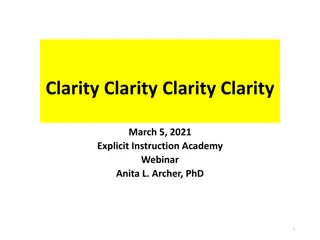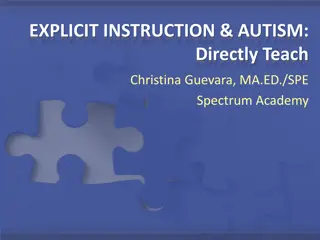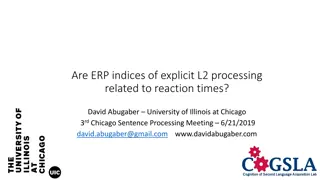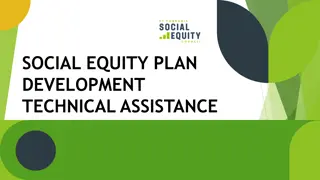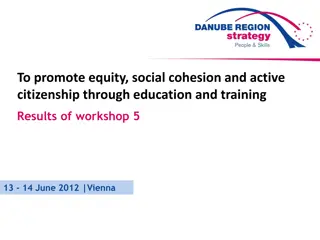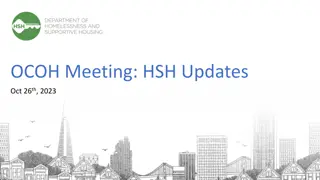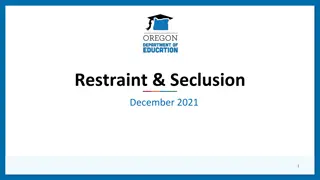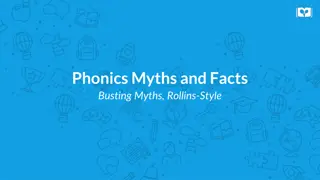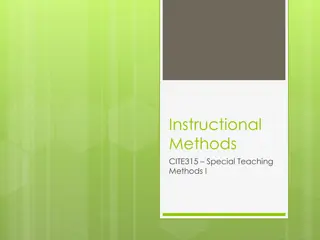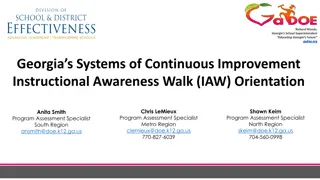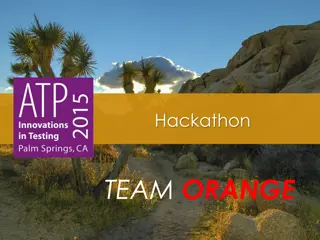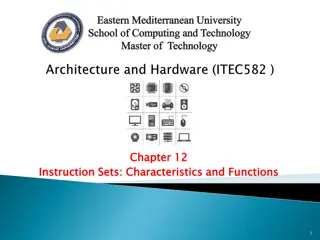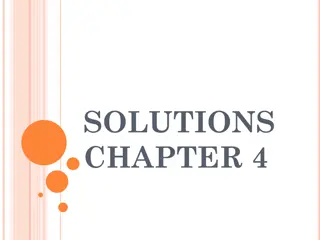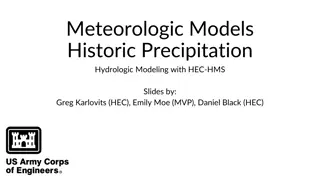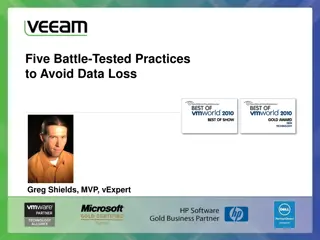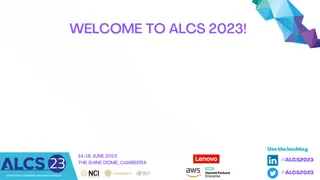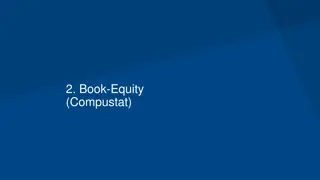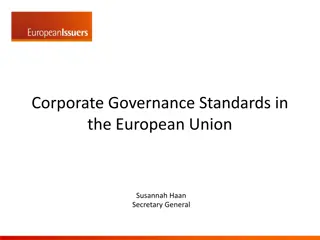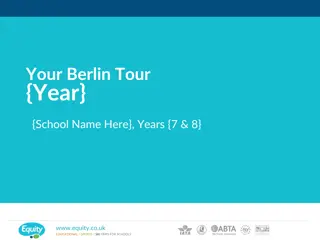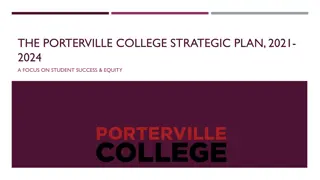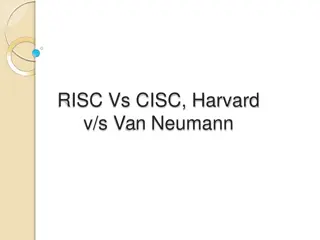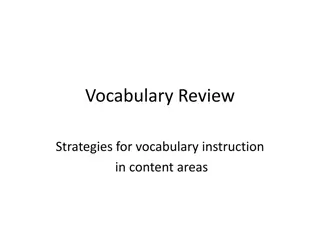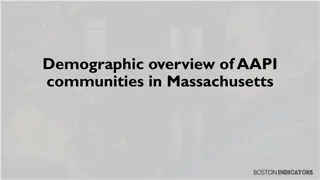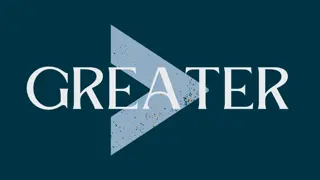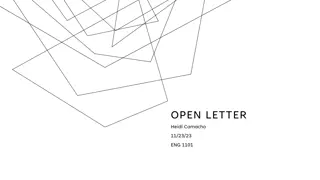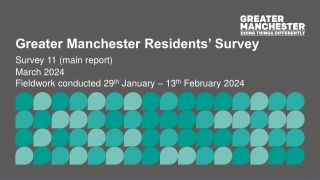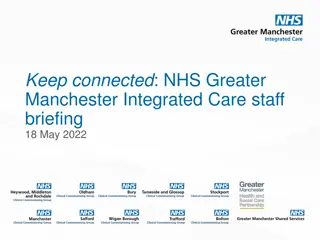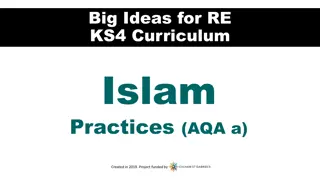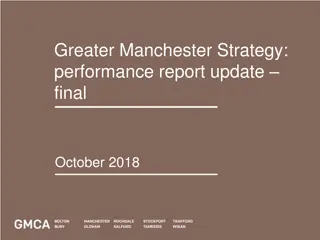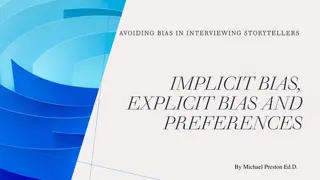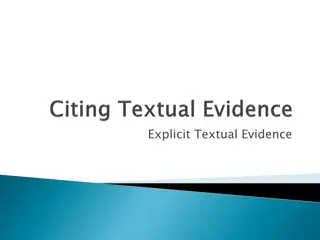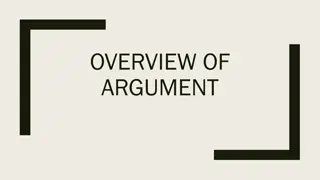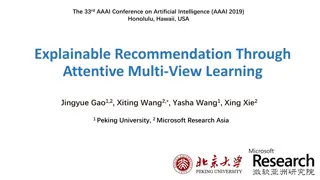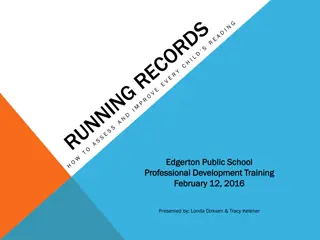Achieving Greater Equity Through Explicit Instruction by Greg Ashman
Explore the key principles of explicit instruction, direct instruction, and traditional teaching methods outlined by Greg Ashman. Learn about effective strategies such as Distar, lecturing, and active learning to enhance student understanding and success. Delve into the research-based strategies advocated by Barak Rosenshine and Thomas Good, aiming to create supportive classrooms and foster positive learning environments for all students. Discover insights from Process-Product research and Project Follow Through to improve instructional practices for achieving greater equity in education.
Download Presentation

Please find below an Image/Link to download the presentation.
The content on the website is provided AS IS for your information and personal use only. It may not be sold, licensed, or shared on other websites without obtaining consent from the author. Download presentation by click this link. If you encounter any issues during the download, it is possible that the publisher has removed the file from their server.
E N D
Presentation Transcript
Achieving greater equity through explicit instruction Greg Ashman www.gregashman.wordpress.com @greg_ashman greg.ashman@gmail.com This PowerPoint will be available on my Blog site in the next few days
About me Teacher Blogger Writer Part-time PhD student
explicit instruction direct instruction traditional teaching DISTAR lecturing Direct Instruction active learning
direct instruction my definition explicit instruction lecturing Direct Instruction default teacher-led instruction
Principles of Instruction, Barak Rosenshine Begin a lesson with a short review of previous learning. Present new material in small steps with student practice after each step. Ask a large number of questions and check the responses of all students. Provide models. Guide student practice. Check for student understanding. Obtain a high success rate. Provide scaffolds for difficult tasks. Require and monitor independent practice. Engage students in weekly and monthly review. Rosenshine, B. (2012). Principles of Instruction: Research-Based Strategies That All Teachers Should Know. American Educator, 36(1), 12
Process-Product research Not without criticism Evidence base biased towards early grades Mostly correlational Sources on this research: - Thorough review: Brophy, J. E., & Good, T. L. (1984). Teacher behavior and student achievement (No. 73). Institute for Research on Teaching, Michigan State University. - More approachable: Chall, J. S. (2000). The Academic Achievement Challenge: What Really Works in the Classroom?. Guilford Publications
Thomas Goods List (and a caution) Appropriate Expectations. Supportive Classrooms. Effective Use of Time. Opportunity to Learn. Coherent Curriculum in Sequence. Active Teaching. Balance Procedural and Conceptual Knowledge. Proactive Management. Teacher Clarity, Enthusiasm, and Warmth. Instructional Curriculum Pace. Teaching to Mastery. Review and Feedback. Adequate Subject Matter Knowledge. Good, T., (2015, January). Research on Teaching: Yesterday, Today, and Tomorrow. Paper presented at the International Congress for School Effectiveness and Improvement, Cincinnati, Ohio
Project Follow Through Part of the process-product body of research Largest educational experiment ever undertaken Direct Instruction (DISTAR) was the most effective model Controversy over the results High/Scope analysis Bereiter, C., & Kurland, M. (1981). A constructive look at Follow Through results. Interchange, 12(1), 1-22. Schweinhart, L. L., Weikart, D. P., & Larner, M. B. (1986). Consequences of three preschool curriculum models through age 15. Early Childhood Research Quarterly, 1(1), 15-45. Gersten, R., & White, W. A. T. (1986). Castles in the sand: Response to Schweinhart and Weikart. Educational Leadership, 44(3), 19-20.
Muijs and Reynolds British process-product studies ORACLE study Teachers labelled class enquirers showed greatest gains in maths and language Class enquirers spent four times as much time using whole-class interactive teaching than the least effective group Junior School Project similar findings to Good, Rosenshine Weakly supported by other European research A crucial part of the direct instruction lesson is interactive questioning. Muijs, Daniel, and David Reynolds. Effective teaching: Evidence and practice. Sage, 2010.
Strategy Instruction Ill-structured tasks / hard to break down into discrete steps Reading comprehension Writing Mathematical and scientific problem solving Emphasis on providing guides and supports Think-alouds by experts / questioning strategies Who? How? What? Researchers refer to providing direct instruction in these techniques Evidence of effectiveness Rosenshine, B., (2009). The Empirical Support for Direct Instruction. In S. Tobias & T. Duffy (Eds.), Constructivist Instruction: Success or Failure (pp. 201-220). Routledge New York, NY
Other evidence Randomised controlled trials Large scale maths teaching innovation in Costa Rica involving exploration and discovery Correlational studies (that are not process-product) U.S. study linking TIMSS results to teaching style (lecture style) Other suggestive data from PISA 2012 and PISA 2015 around relative effectiveness of teacher-directed instruction and a student-orientation Principals views in Denmark: Teacher-led vs student centred Worked example effect
The PISA index of teachers student orientation is constructed using students reports on the frequency with which, in mathematics lessons: the teacher gives students different work to classmates who have difficulties learning and/or to those who can advance faster the teacher assigns projects that require at least one week to complete the teacher has students work in small groups to come up with a joint solution to a problem or task the teacher asks students to help plan classroom activities or topic OECD, 2015, The Role of Teachers and Schools in Shaping Students Engagement, Drive and Self Beliefs
Caro, et. al., 2016 found a negative relationship between PISAs measure of student orientation and maths performance in most countries. Student-oriented instruction was negatively related to mathematics performance in every education system. Further, unreported analysis showed that none of the constituent items of the student oriented instruction scale was positively related to mathematics performance in any education system. The consistency of evidence across education systems is striking and at odds with our expectations. Caro, D. H., Lenkeit, J., & Kyriakides, L. (2016). Teaching strategies and differential effectiveness across learning contexts: Evidence from PISA 2012. Studies in Educational Evaluation, 49, 30-41.
Jeanne Chall The methods with the highest positive effects on learning are those for which the teacher assumes direction, for example, letting students know what is to be learned and explaining how to learn it, concentrating on tasks, correcting errors, and rewarding of activities characteristic found in traditional, teacher-centered education Quite consistently, when results were analysed by socioeconomic status, it was the more traditional education that produced the better academic achievement among children from low-income families.
Example: Kroesbergen et. al., 2004 Subjects were low achieving mathematics students from the Netherlands ABC design A standard maths lessons (control) B standard maths lessons plus constructivist intervention C standard maths lessons plus explicit intervention Both interventions were better than the control but the explicit intervention was superior to the constructivist intervention link
Why might it be more equitable? Default level of explanation: How we explain concepts in everyday life less more implicit instruction whole language project based learning problem based learning inquiry learning discovery learning constructivist teaching explicit instruction
Cognitive load theory Working Memory Long-term memory Effectively limitless new content constrained Sweller, J. (2016). Story of a Research Program. Education Review//Rese as Educativas, 23.
Expertise Working Memory Long-term memory LOADS OF STUFF now effectively unconstrained Implicit methods suit students with greater expertise
Limitations of explicit instruction Do students understand things better if they work them out for themselves? Klahr and Nigam study Productive failure / Preparation for future learning Klahr, D., & Nigam, M. (2004). The equivalence of learning paths in early science instruction effects of direct instruction and discovery learning. Psychological Science, 15(10), 661-667. Schwartz, D. L., & Martin, T. (2004). Inventing to prepare for future learning: The hidden efficiency of encouraging original student production in statistics instruction. Cognition and Instruction, 22(2), 129-184. Kapur, M. (2014). Productive failure in learning math. Cognitive Science, 38(5), 1008-1022.
Limitations of explicit instruction Do students gain non-cognitive skills from other methods of instruction? Chall, A few research studies that compared the effects on nonacademic learning were favourable toward the student-centred programs, but those advantages were less pronounced than the discrepancy in academic achievement.
Limitations of explicit instruction Variety / Motivation Expertise reversal effect Kalyuga, S., Ayres, P., Chandler, P., & Sweller, J. (2003). The expertise reversal effect. Educational psychologist, 38(1), 23-31.
My ebook, Ouroboros, can be purchased from my blog site gregashman.wordpress.com Everyone should read this: an excellent little book David Didau, @Learningspy Fantastic observations, well written, and great value. Mike Beverley, @DrMikeBeverley



